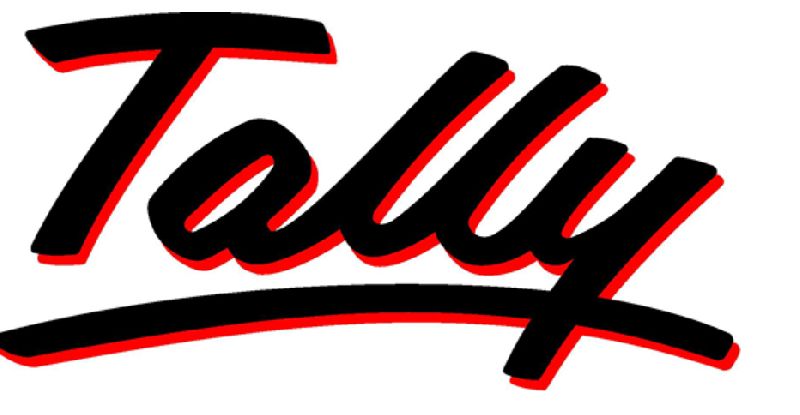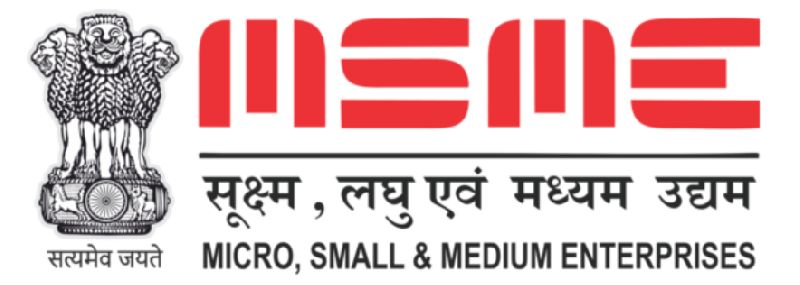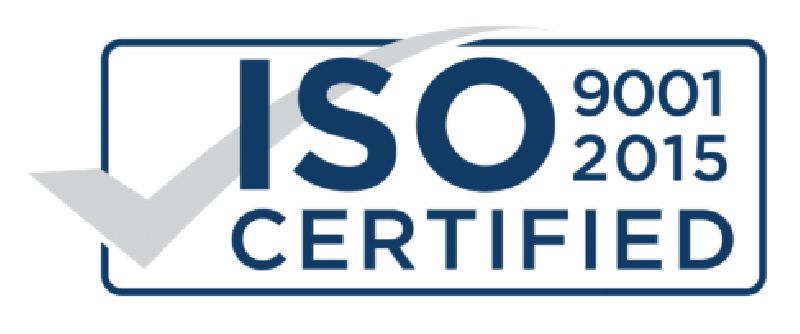
Successful completion of 1st Year Fire Technology and Industrial Safety Management from a recognized institute/university.
Must have passed all core practical and theoretical subjects.
Advanced Fire Protection Systems
Fixed fire protection systems (sprinkler, deluge, foam)
Fire detection: addressable vs conventional systems
Smoke and heat ventilation systems
Industrial Safety Management – II
Risk management process
Job safety analysis (JSA)
Behavior-based safety
Construction Safety
Hazards in civil construction
Scaffolding safety, fall protection
Excavation and lifting equipment safety
Electrical and Mechanical Safety
Electrical hazards and arc flash
Machine guarding, lockout/tagout (LOTO)
Pressure vessel and boiler safety
Safety Legislation & Standards
Indian Factories Act, 1948
BIS, OSHA, NFPA codes (overview)
Safety audit and documentation
Practical Training – I
On-site demonstrations of fire systems
Safety inspections
Mock drills and live simulations
Disaster Management
Types of disasters (natural, industrial)
Emergency preparedness and response
Incident Command System (ICS)
Environmental Safety and Industrial Hygiene
Air & water pollution control
Waste management techniques
Noise, radiation, and chemical exposure
Chemical Safety and Hazardous Materials
MSDS, GHS labeling system
Storage, handling, and transportation of hazardous goods
Fire and explosion risks (BLEVE, toxic release)
Accident Investigation & Analysis
Root cause analysis
Reporting and documentation
Use of tools like HAZOP, FMEA
Fire & Safety Project / Mini Thesis
Individual or group project on real-life case study
Includes data collection, site visit, and reporting
Practical Training – II
Internship or industrial training (4–6 weeks)
Fire station or plant-based exposure
Submission of logbook/report

Course Code : M-ITIMM01

Course Code : M-ITIMM02

Course Code : M-ITIEVM01
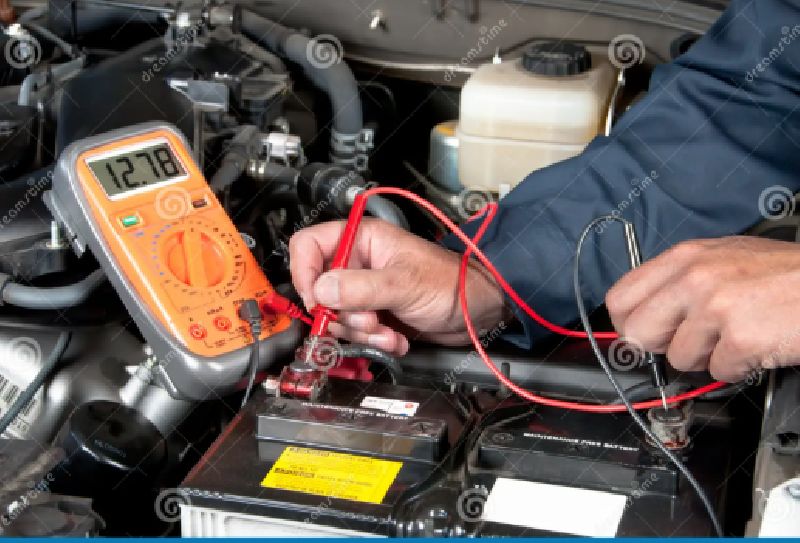
Course Code : M-ITIEVM02

Course Code : M-D-MLT01

Course Code : M-D-MLT02

Course Code : M-ITIADS01

Course Code : M-ITIADS02

Course Code : M-DHSI01

Course Code : M-DHSI02

Course Code : M-ITIDM01

Course Code : M-ITIDM02

Course Code : M-ITIDMC01

Course Code : M-ITIDMC02

Course Code : M-DBM01

Course Code : M-DBM02

Course Code : M-DFD01

Course Code : M-DFD02

Course Code : M-CFT01

Course Code : M-CFT02

Course Code : M-ADCA01

Course Code : M-ADCA02

Course Code : M-DHM01

Course Code : M-DHM02

Course Code : M-HM01

Course Code : M-HM02

Course Code : M-DRM01

Course Code : M-DRM02

Course Code : M-PTT01

Course Code : M-PTT02
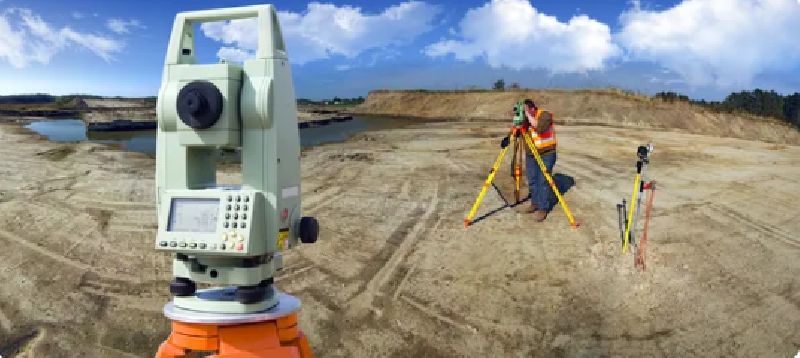
Course Code : M-ITISP01
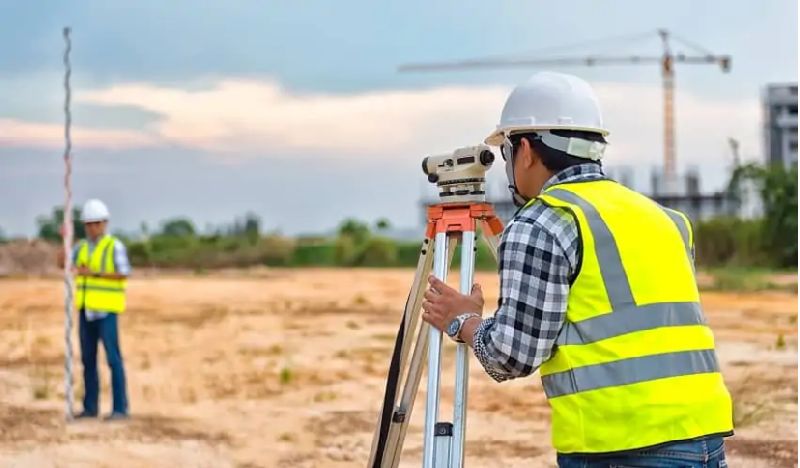
Course Code : M-ITISP02

Course Code : M-CMS01

Course Code : M-CMS02

Course Code : M-ITIE01

Course Code : M-ITIE02

Course Code : M-ITIEN01

Course Code : M-ITIEN02

Course Code : M-ITIF01

Course Code : M-ITIF02
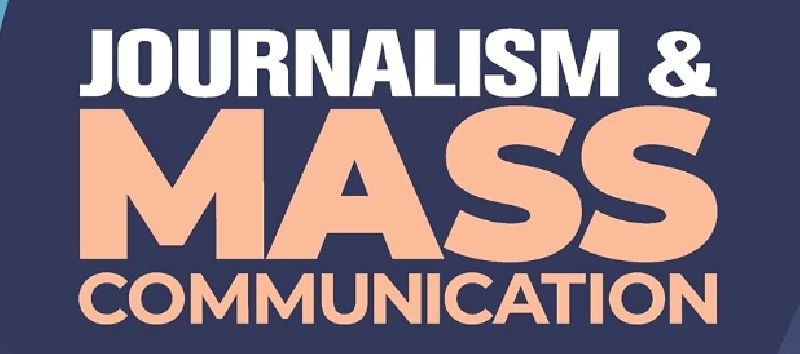
Course Code : M-DJMC01

Course Code : M-DJMC02

Course Code : M-DPE01

Course Code : M-DPE02

Course Code : M-CMSED01

Course Code : M-CMSED02

Course Code : M-NTT01
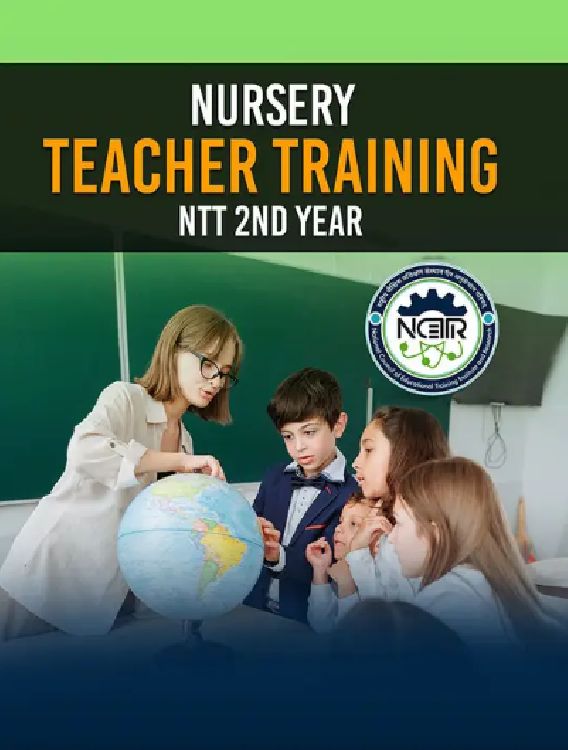
Course Code : M-NTT02

Course Code : M -01

Course Code : M-02

Course Code : M-03

Course Code : M-04

Course Code : M-05

Course Code : M-07

Course Code : M-08

Course Code : M-09
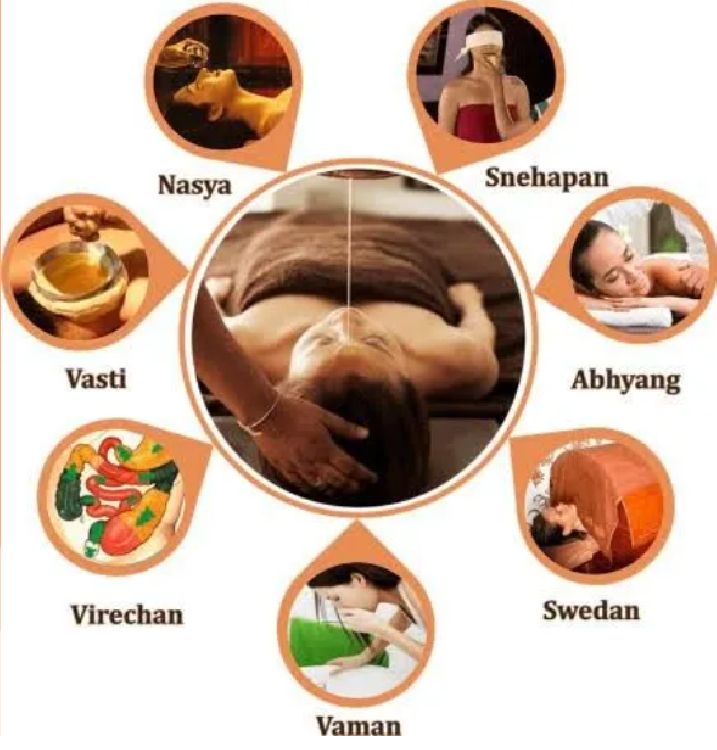
Course Code : M-10

Course Code : M-11

Course Code : M-12

Course Code : M-13

Course Code : M-14

Course Code : M-15

Course Code : M-16
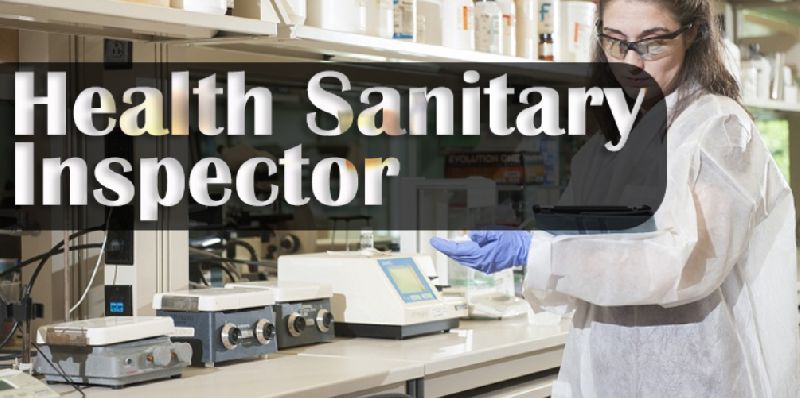
Course Code : M-17

Course Code : M-18

Course Code : M-19
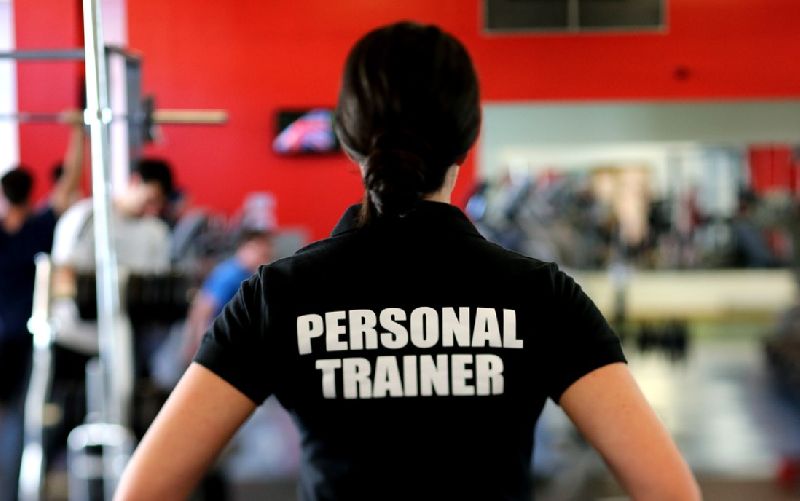
Course Code : M-20
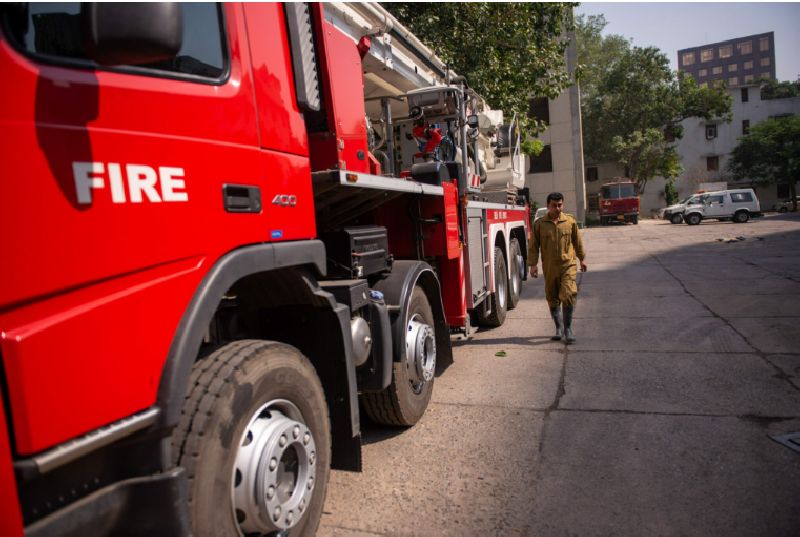
Course Code : M-21
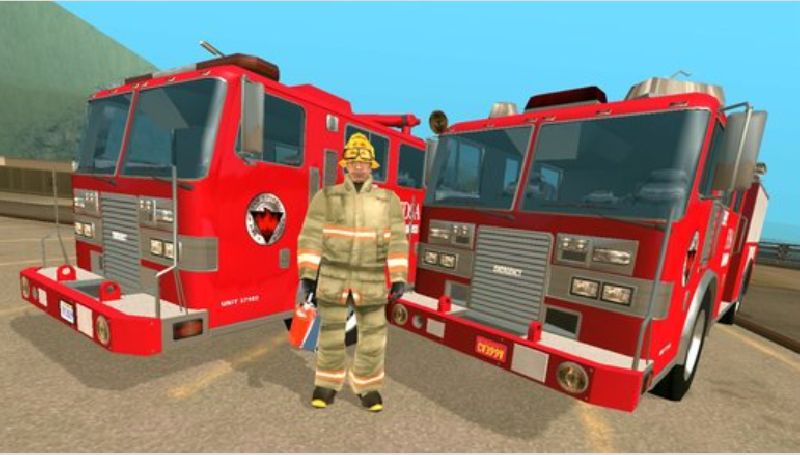
Course Code : M-22

Course Code : M-23

Course Code : M-24

Course Code : M-25

Course Code : M-26

Course Code : M-27

Course Code : M-28

Course Code : M-29

Course Code : M-30

Course Code : M-31
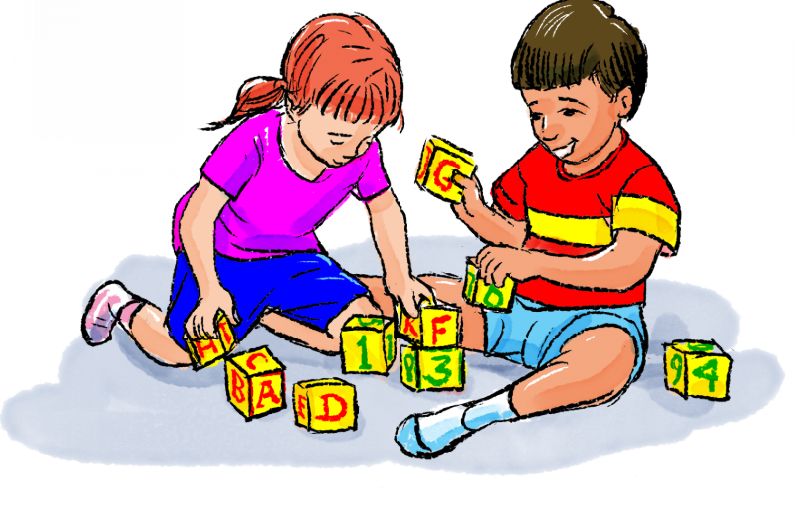
Course Code : M-32

Course Code : M-33

Course Code : M-34

Course Code : M-35

Course Code : M-36
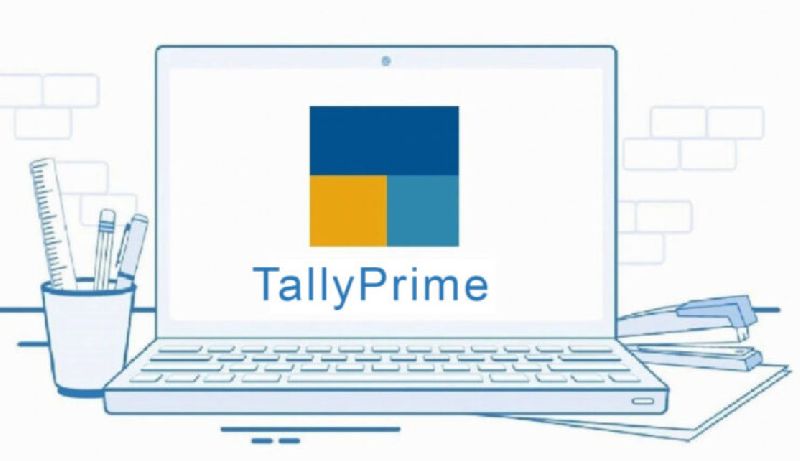
Course Code : M-37

Course Code : M-38
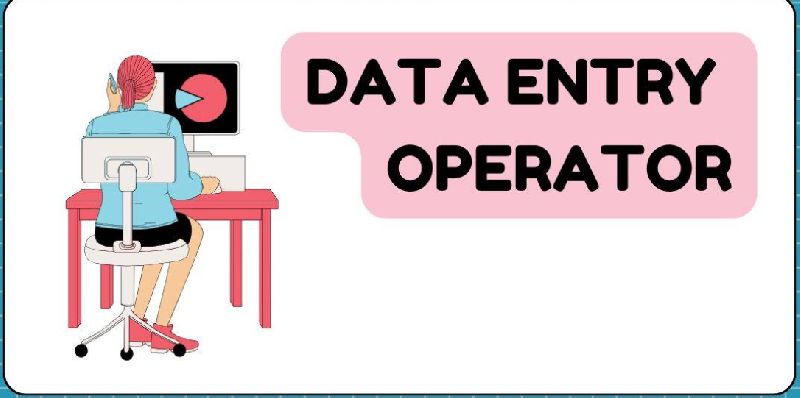
Course Code : M-39

Course Code : M-41
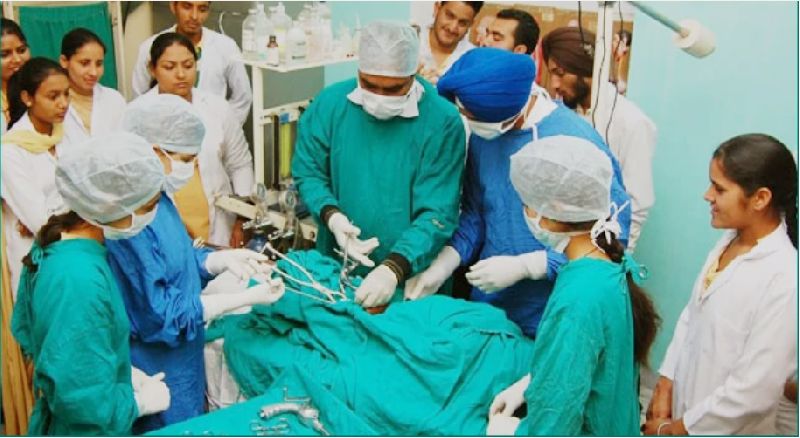
Course Code : M-42

Course Code : M-43
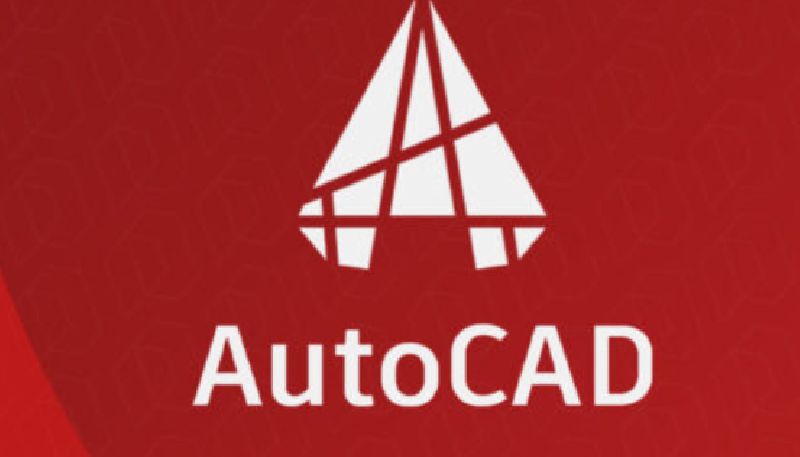
Course Code : M-44

Course Code : M-45

Course Code : M-46

Course Code : M-47

Course Code : M-48

Course Code : M-49
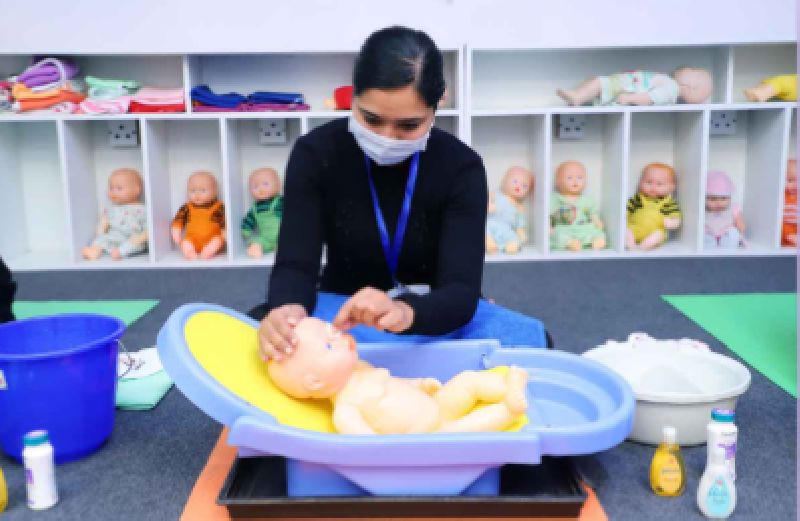
Course Code : M-50
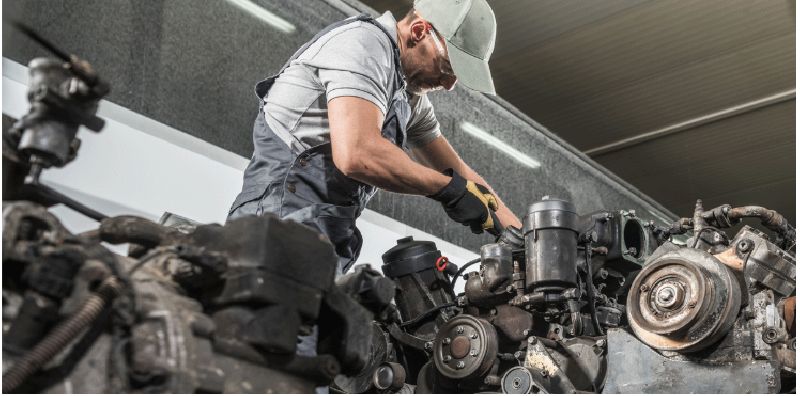
Course Code : M-51

Course Code : M-52

Course Code : M-53
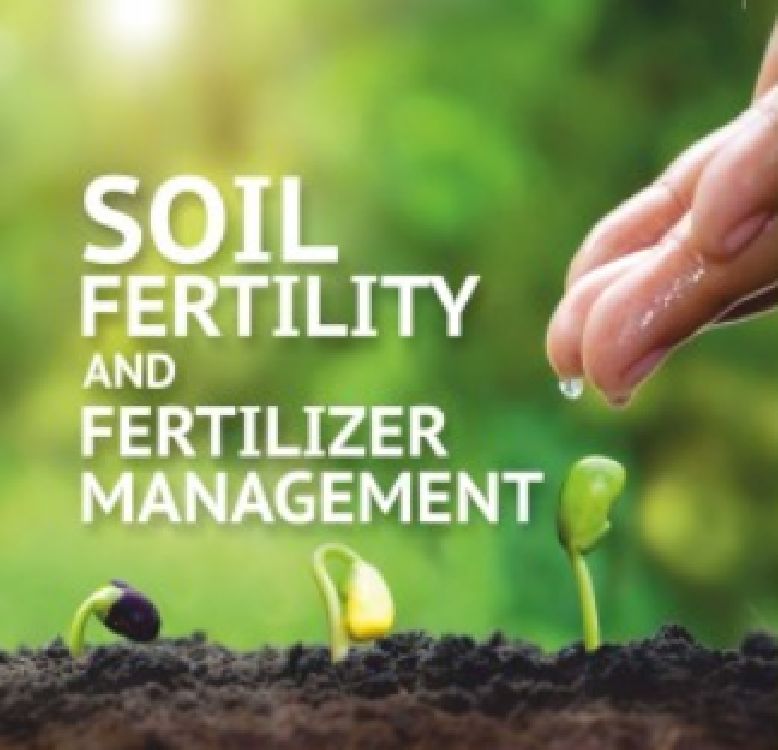
Course Code : M-54

Course Code : M-55

Course Code : M-56

Course Code : M-57

Course Code : M-58

Course Code : M-59

Course Code : M-60

Course Code : M-61

Course Code : M-62

Course Code : M-63

Course Code : M-64

Course Code : M-65

Course Code : M-66

Course Code : M-67


